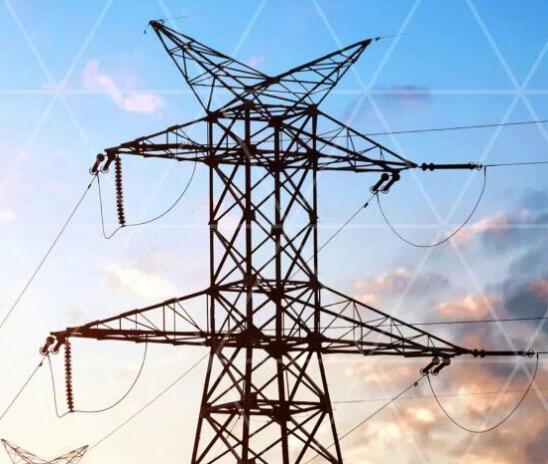Aug. 26, 2024
The characteristics of 10kV overhead lines are that there are many rural power lines, a long power supply radius, and all of them are radial power supply lines.
After the transformation of rural power grids in recent years, the ability to resist typhoons and lightning protection has been enhanced, but 10kV overhead line accidents still occur from time to time. This paper analyzes the common accidents of 10kV overhead lines and discusses the anti-accident measures of 10kV overhead lines in order to improve the safe operation level of 10kV overhead lines.
Common accidents and cause analysis of 10kV overhead lines Based on operating experience, the common accidents of 10kV overhead lines are as follows:
Part 1
Lightning accidents are of course closely related to the objective cause of lightning striking the line, but also closely related to equipment defects. The main equipment causes are:
(1) The quality of the insulator is not up to standard. In particular, the quality of P-15 and P-20 pin insulators is defective. In the past one or two years, lightning strikes and explosions of pin insulators have frequently occurred in this area, causing grounding or phase-to-phase short circuits of 10kV lines;
(2) Inadequate lightning protection measures for 10kV lines. Since the end of 1998, many distribution transformers in many areas have been replaced with zinc oxide arresters, but some longer 10kV overhead lines have not been installed with line-type zinc oxide arresters;
(3) Poor contact of wire connectors. Many areas used to use parallel groove clamps as connectors for 10kV lines, and even did not use parallel groove clamps but wound wiring. Neither parallel groove clamp connection nor winding wiring is the best connection for wires. Poor wire connection will not withstand the impact of strong lightning current;
(4) The arrester grounding device is unqualified. Unqualified grounding devices have a grounding resistance greater than 10 ohms and low current discharge capacity, so lightning current cannot flow into the ground quickly.

Part 2
Typhoon tower downing accident: For towers designed with a maximum design wind speed of 25 m/s, there is no problem with the towers if there is a typhoon below level 10. The main reasons for the typhoon toppling the towers are:
(1) The 10kV line and towers were not constructed according to the design requirements, the tower foundation was not firm or was not buried deep enough;
(2) The typhoon wind speed exceeded the maximum design wind speed. The wind speed of a level 10 typhoon is 25 m/s, the wind speed of a level 11 typhoon is 30 m/s, and the wind speed of a level 12 typhoon is 33 m/s.
Part3
External force damage accidents are also one of the frequent accidents of 10kV overhead lines. Such accidents can be divided into the following according to the damage forms:
(1) Vehicle collision causes 10kV overhead line poles (towers) to fall;
(2) Kite touch causes 10kV overhead line phase-to-phase short circuit quick tripping;
(3) The tower materials and hardware of the iron tower are stolen, causing the tower to tilt or fall;
(4) The tower foundation or the wire foundation is hollowed out and damaged, causing the pole (tower) to fall;
(5) The tools or materials of illegal buildings touch the wires and cause phase-to-phase short circuit quick tripping.
Part4
Overloaded line operation or poor contact of wire connectors cause heating and disconnection accidents.
Part5
Old line equipment, long service life, equipment defects, causing related accidents.
The above analysis is some common 10kV overhead line accidents. These accidents are extremely harmful to the line, causing great losses to local industrial and agricultural production, and bringing inconvenience to the lives of local residents.Learn more
Previous: Who makes the best wiring harness?
Next: Elevator Traveling Cable vs. Traditional Wiring: Key Differences Explained
If you are interested in sending in a Guest Blogger Submission,welcome to write for us!
All Comments ( 0 )